How to Start a Custom Sticker Business: A Step-by-Step Guide
Learn how to start your own custom sticker business with our comprehensive guide. Discover tips on design, printing, marketing, and scaling your brand!
Create learner account
Lrnkey
2022-02-08If you’re keen to begin a knitting project, you’ll need to know how to cast off knitting.
Every knitting project ends with the casting off technique. Once you have completed your knitting pattern, the last step is to secure your knit carefully so it doesn’t unravel.
This is known as castingoff or bindingoffyourknitting. And it leaves a neat, finished, and closed-end to thecompletedknit.
There are a few different methods that you can use for casting off your knitting. In this article, I will discuss some of my favorite techniques that are super easy to learn.
Here are the most popular casting off techniques in knitting for you to try.
The standard casting off knitting technique is the most straightforward method to seal off your edge. This works for almost every knitting pattern. And you can also quickly learn this cast-off process from a knitting expert on Lrnkey.
Here is how to cast off knitting using the Standard cast-off method:
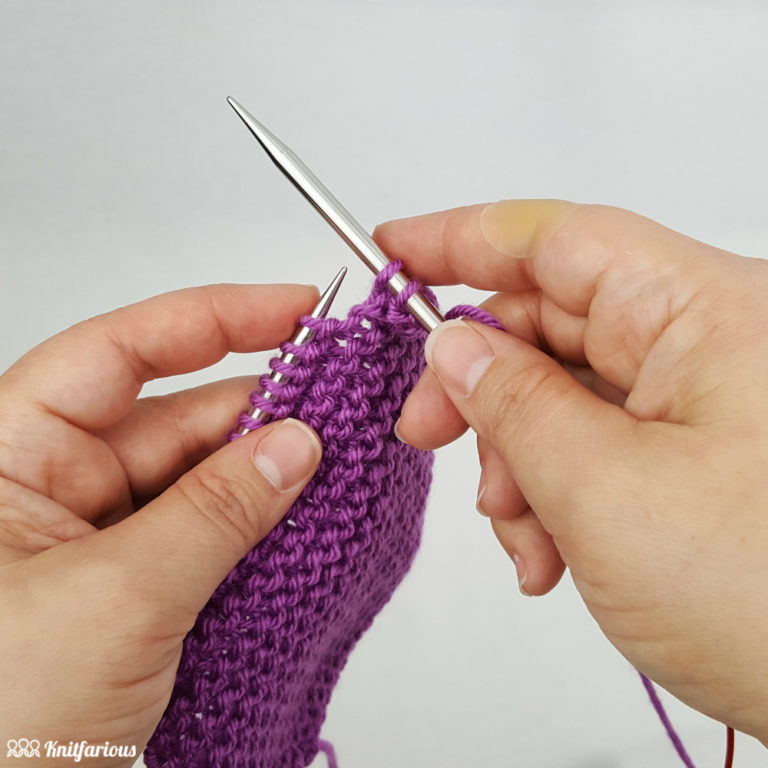
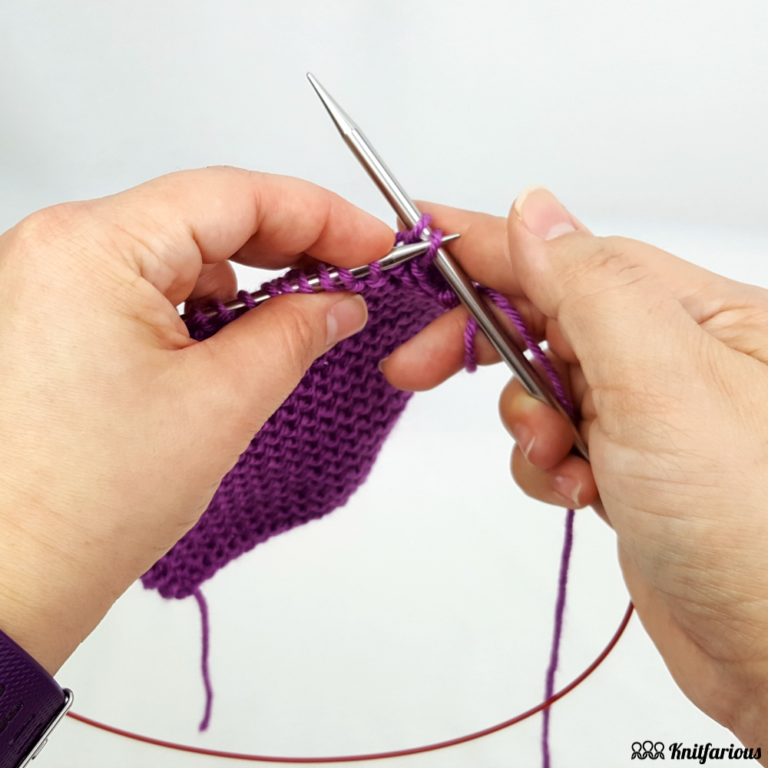
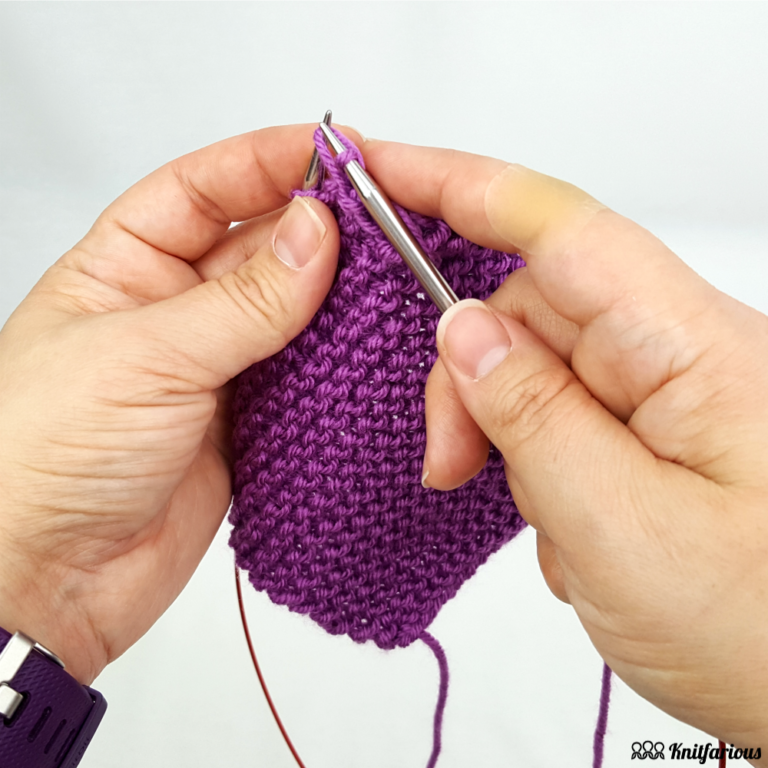
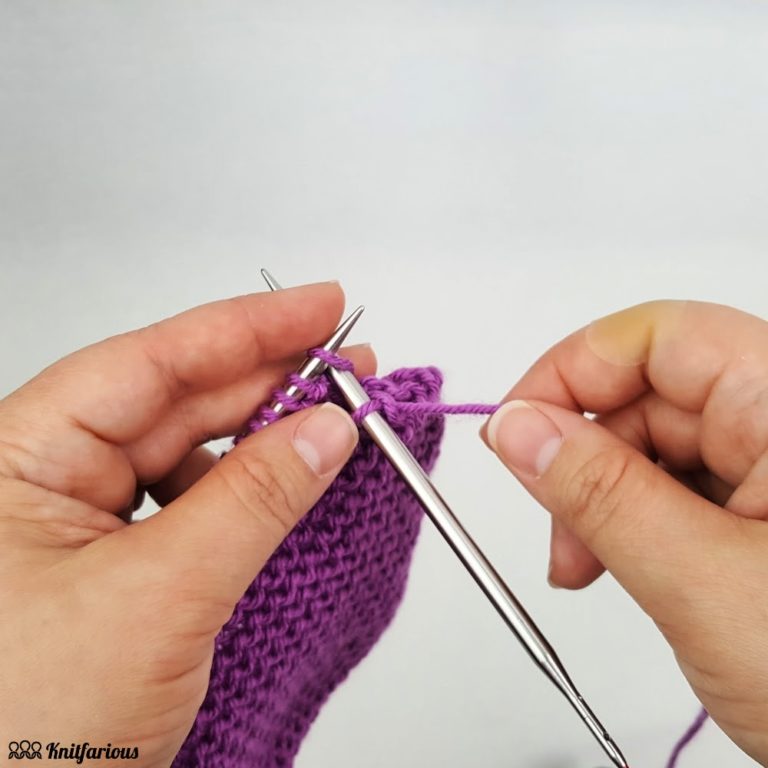 width="712" />
width="712" />
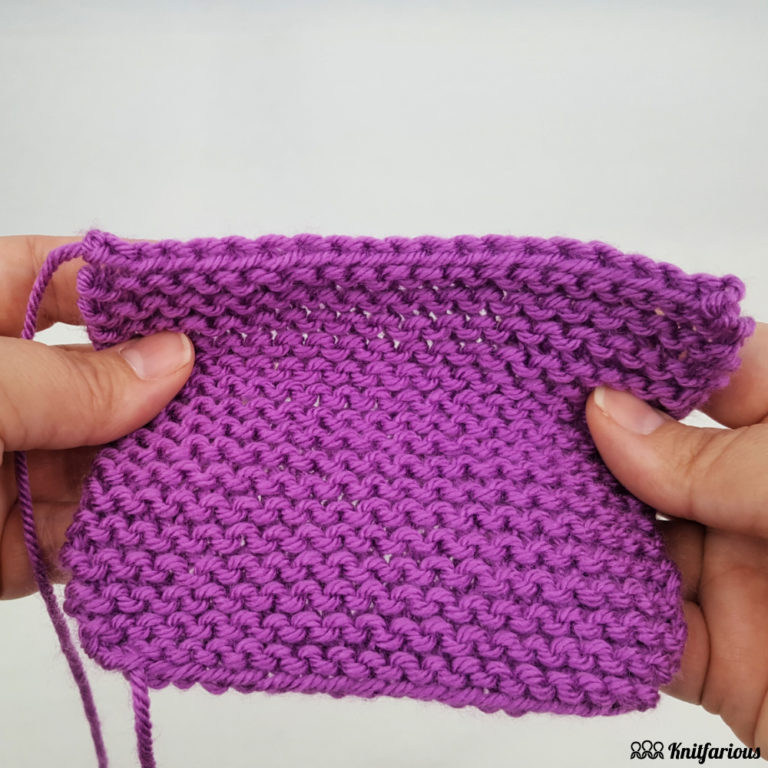
The stretchy casting-off method is a simple technique that seals the end of your knitted garments. It is perfect for shawls, socks, or cuffs, which will likely be stretched in the future. It creates a tidy, elastic chained edge on your knit.
Here is how to cast off knitting using the Stretchy cast-off method:
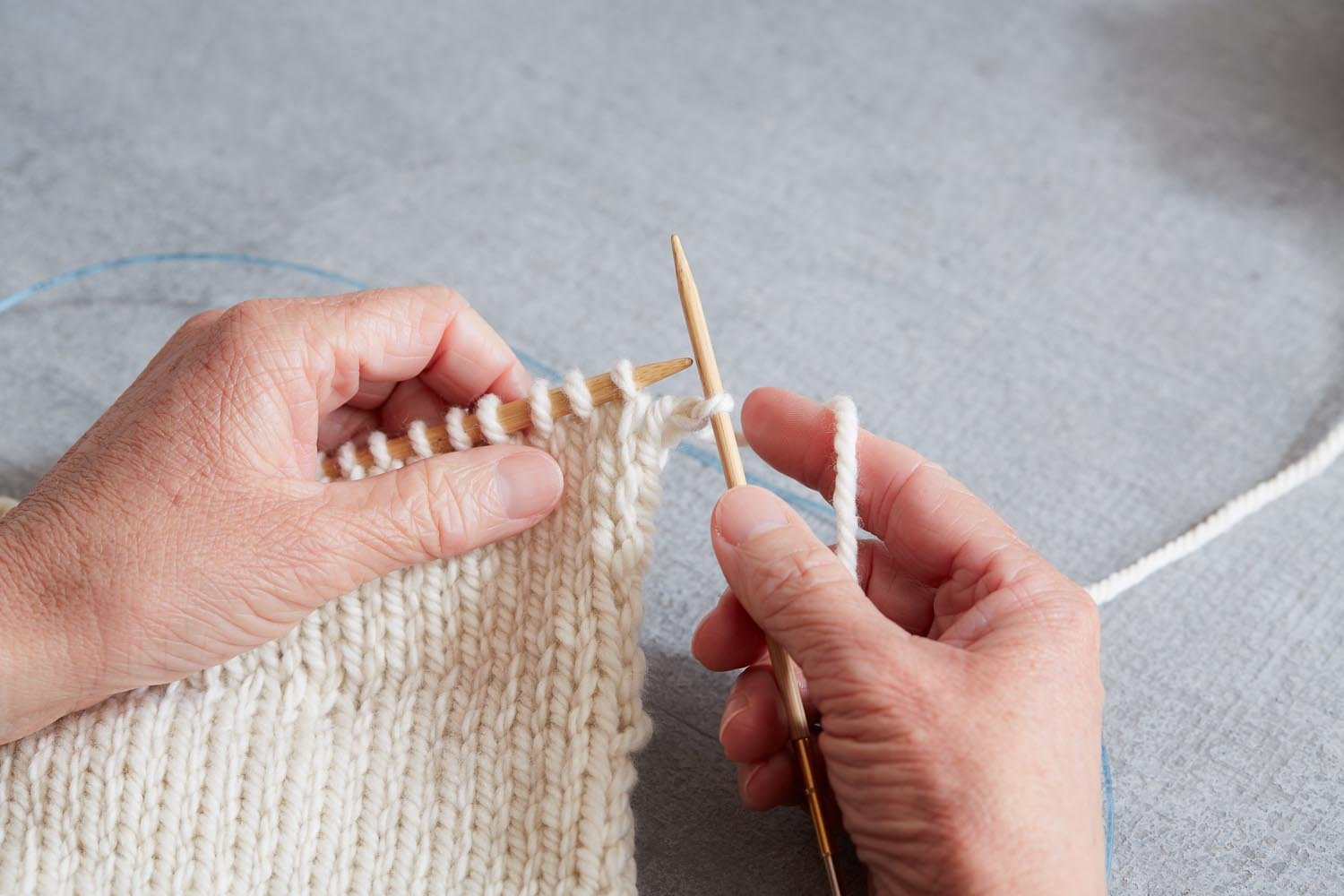
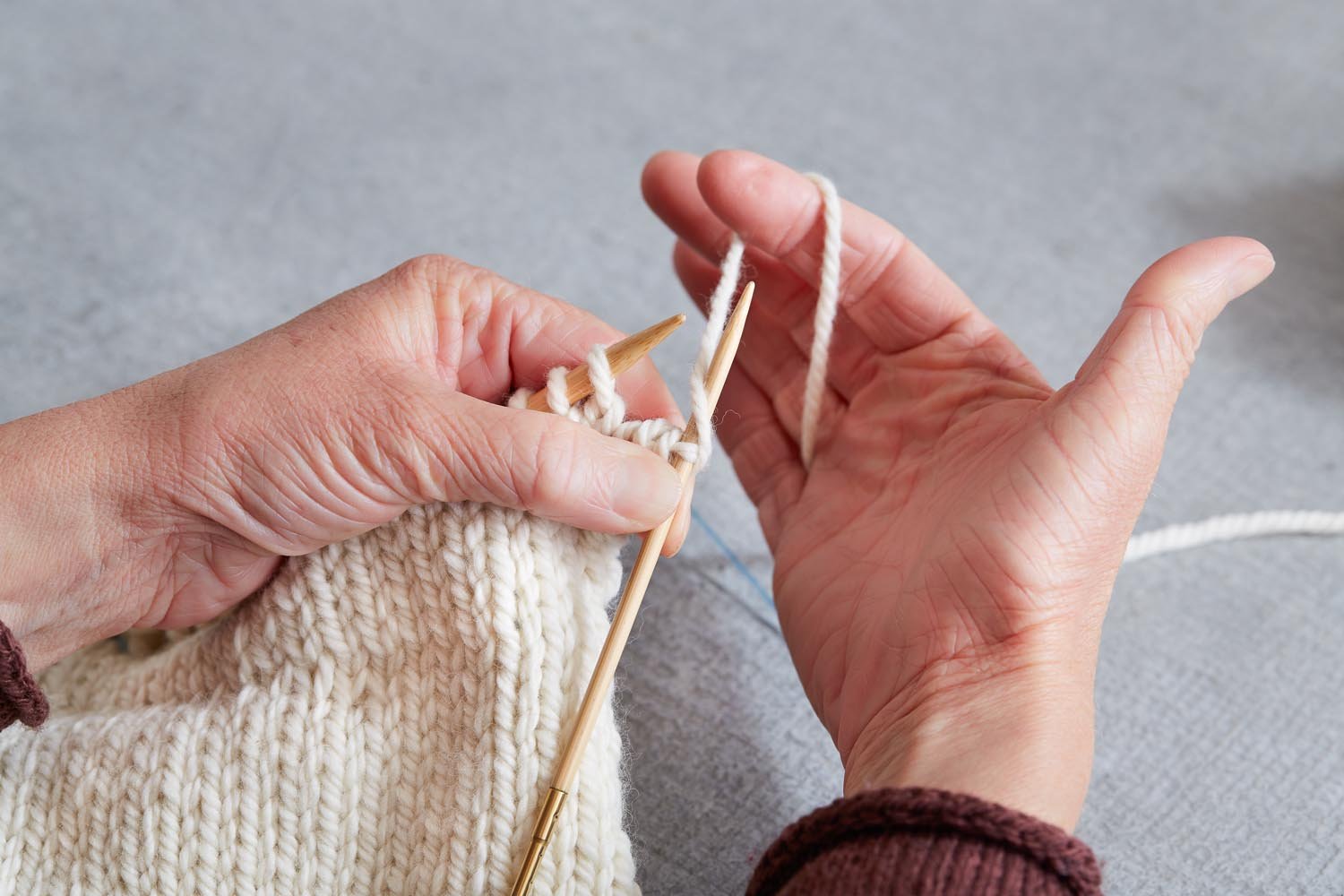
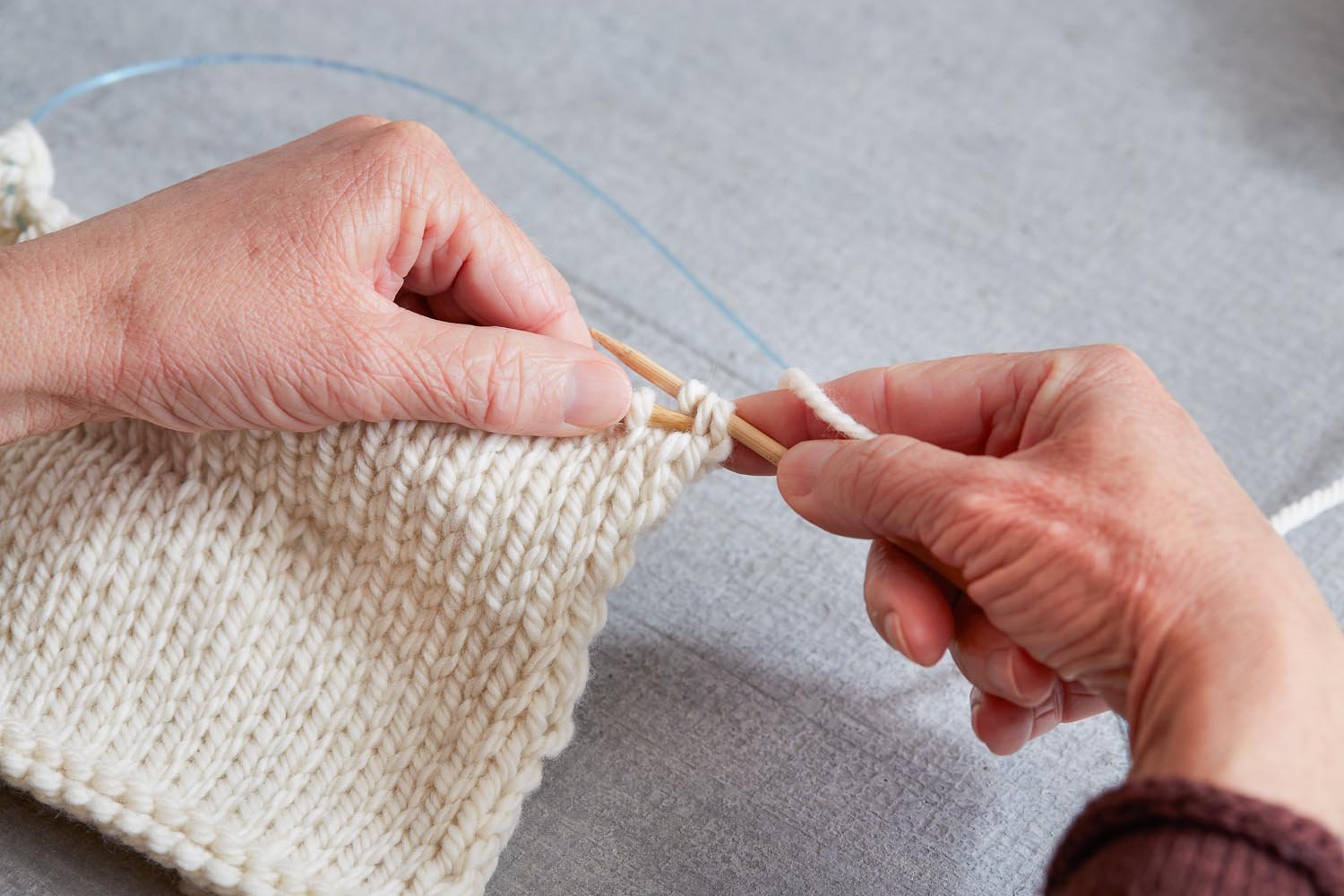 width="712" />
width="712" />
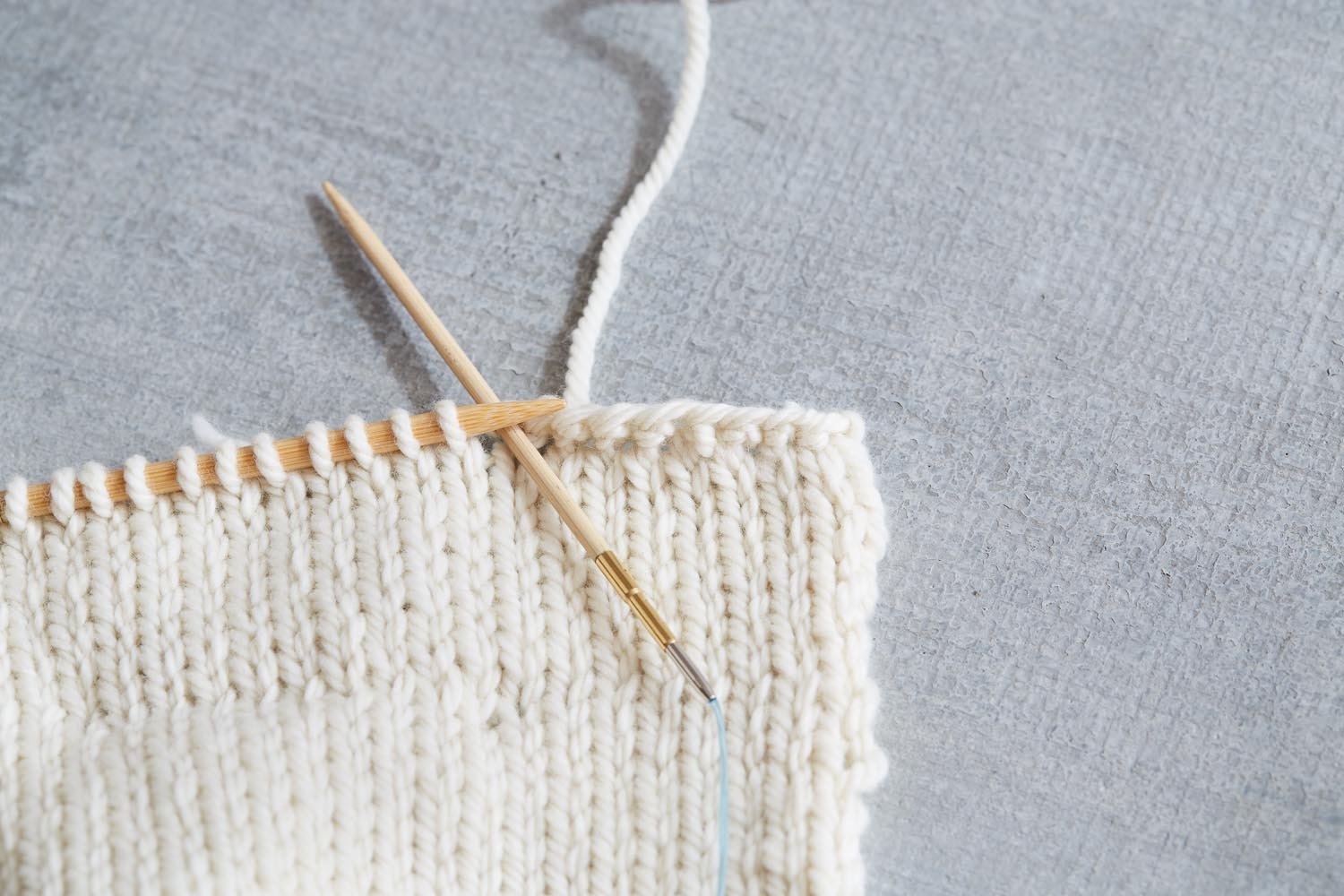
Find a tutor for this topic
The I-cord casting off knitting technique results in clean and neat ends. It adds a smooth finish to the edge of your knit. With this method, you’ll create an elegant tubular edge, running horizontally across the last row.
Although the I-cord casting-off method is time-consuming and uses a great deal of yarn, the result is worth the effort. It results in a beautiful finishing touch to the top of bags, collars, and pockets.
Here is how to cast off knitting using the I-cord cast-off method:
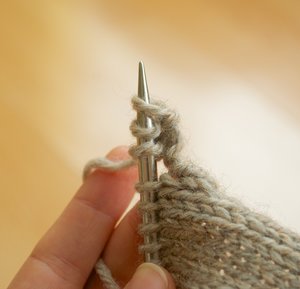
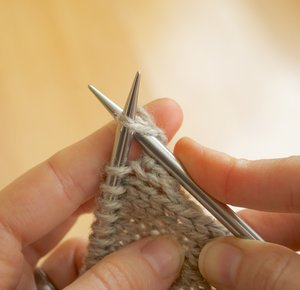

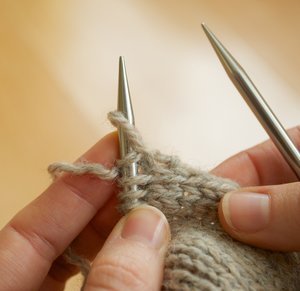
 >
>
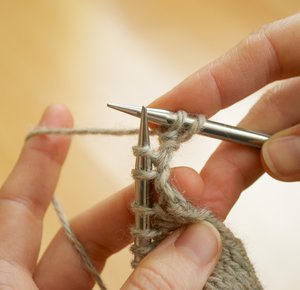 width="712" />
width="712" />
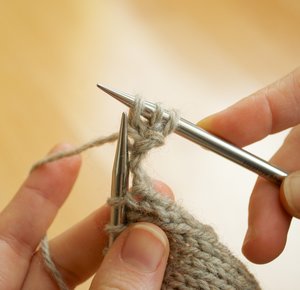
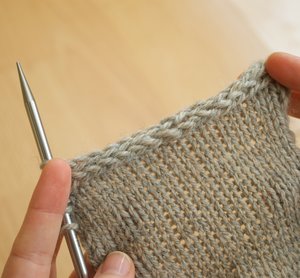
The Picot casting off knitting technique is a delightful way to bind off your knitted garment. It adds a quaint look to your knit and gives it some stretch. You can use this casting-off knitting technique for necklines or children’s clothing.
The Picot cast-off method leaves the edge of the knit with what looks like tiny spikes. However, there are various possible approaches to this technique.
For instance, if you use smaller needles or cast off fewer stitches, the spikes will appear smaller and closer to each other. But should you cast off more stitches, you’ll create more significant spikes that are further apart.
Even though this method requires a fair amount of time, patience, and yarn, the result can be beautiful. And you can learn how to cast off knitting easily with this technique by signing up with Lrnkey.
Here is how to cast off knitting using the Picot cast-off method:
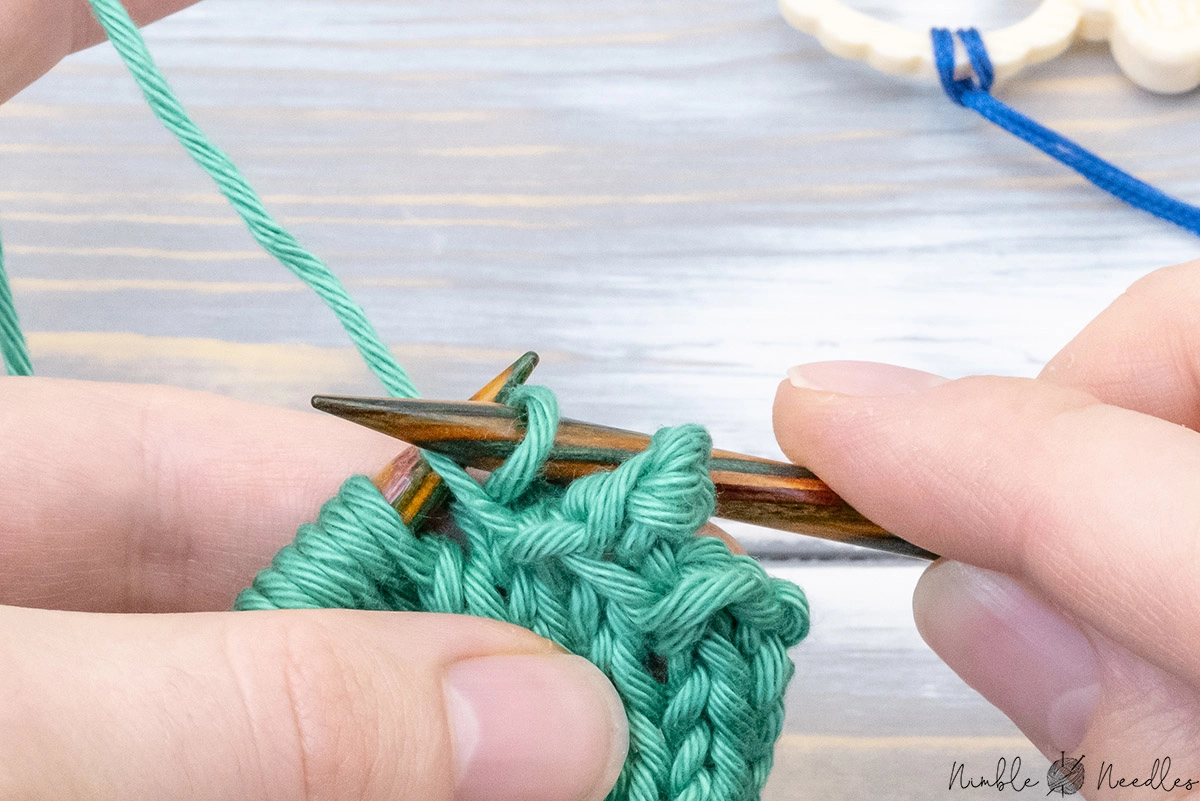
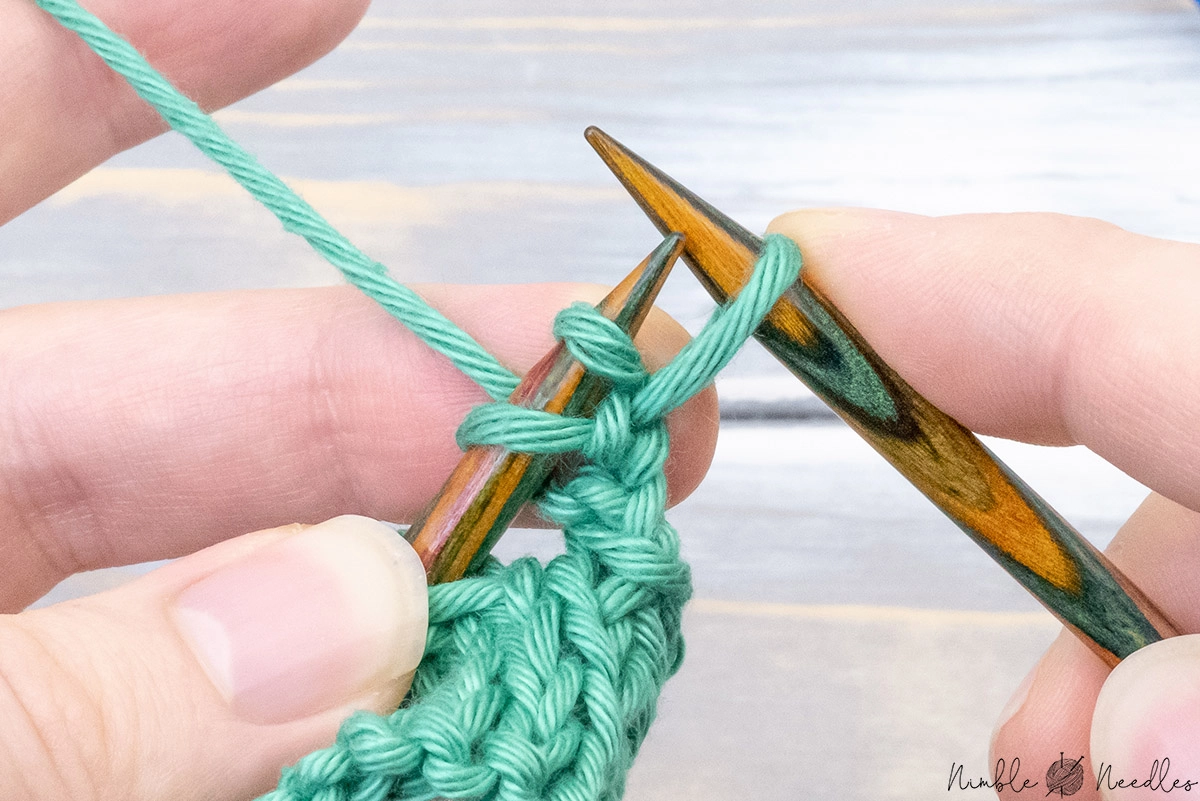
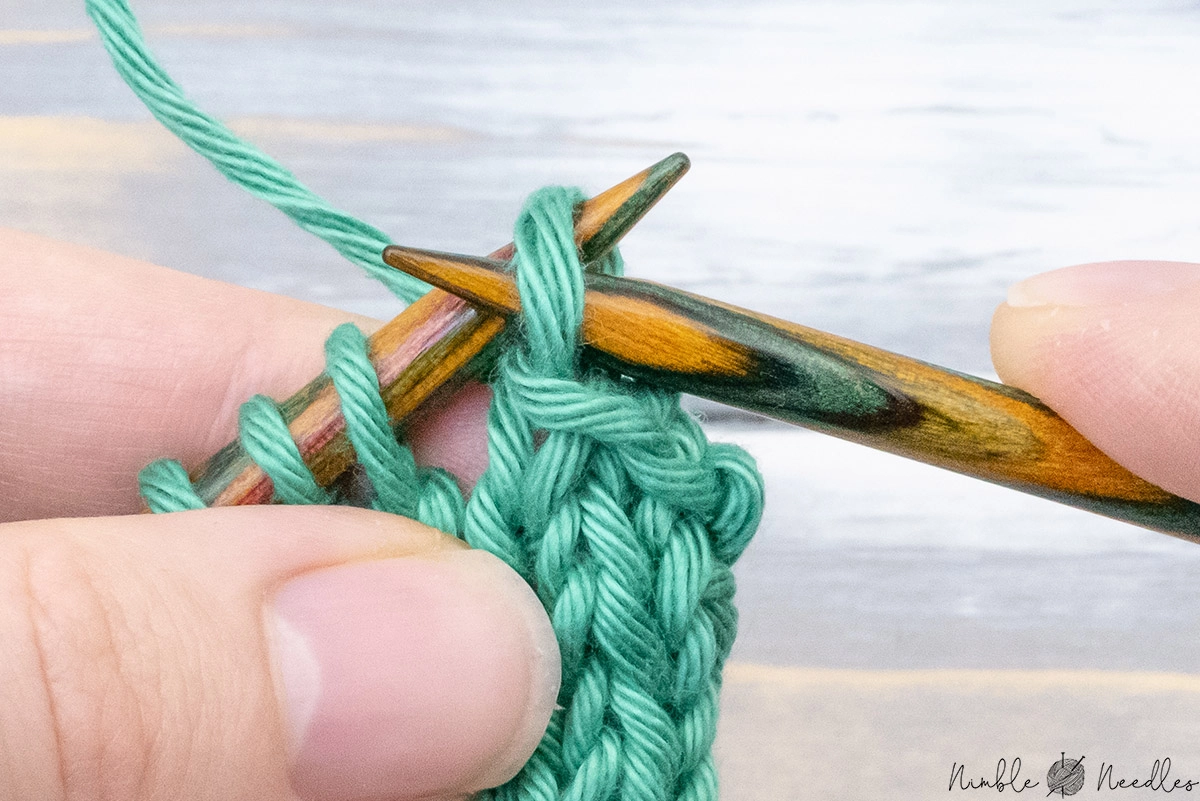
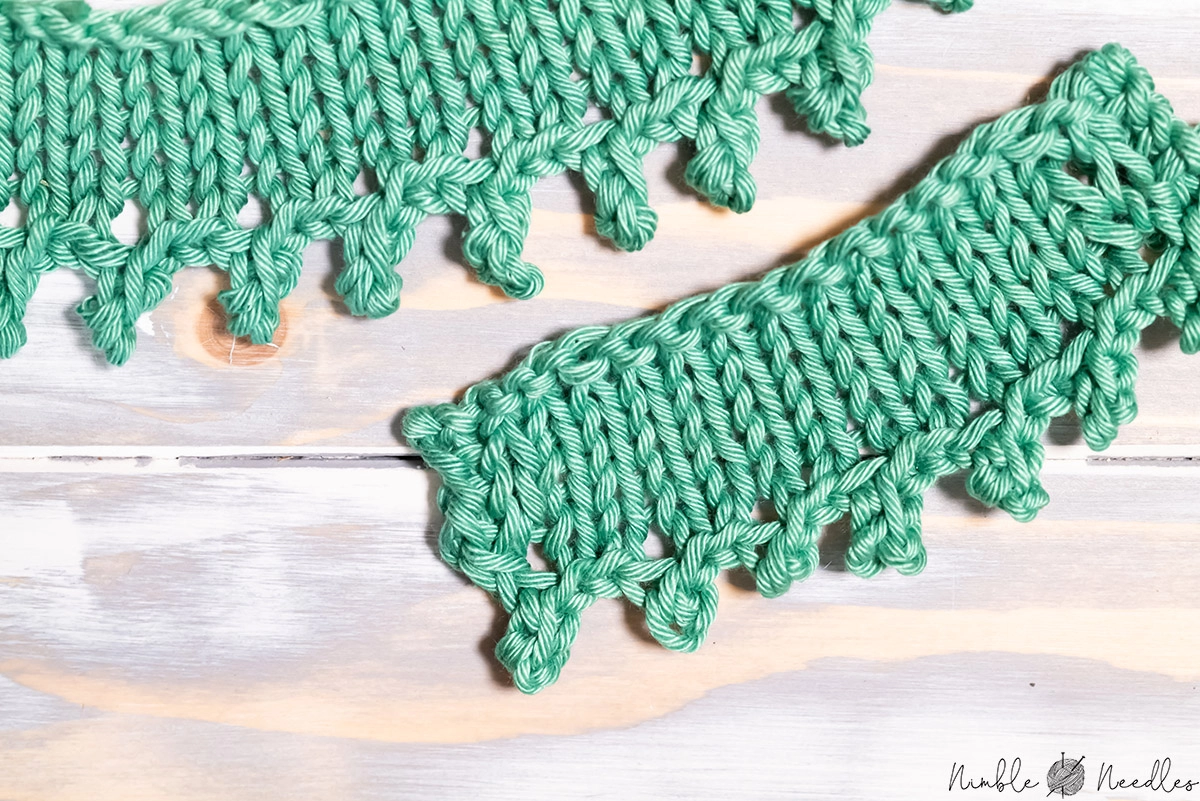 width="712" />
width="712" />
While mastering the art of casting on is the first step in knitting, presenting your finished projects in the best light is equally important, especially in the digital era. This is where professional product photography comes into play. Capturing the texture, color, and intricate details of your knits can transform how they are perceived, particularly if you’re selling them online. Pro Photo Studios specializes in high-end product photography, expertly showcasing your handcrafted items. Their expertise ensures that every stitch and pattern is highlighted, making your creations stand out in a crowded market. Learn more about elevating your knitting projects with professional imagery at Pro Photo Studios.
The sewn casting off knitting method looks very similar to what is known as the long tail cast on way. This technique is beneficial when you want to ensure that all the edges of your knit are uniform.
This method was developed by famed knitting teacher and designer Elizabeth Zimmermann. And it’s a unique, flexible alternative to the standard cast-off method.
The sewn casting-off knitting method is perfect for clothing that requires some elasticity. It can be used to knit elements such as the neck of a sweater, socks, or cuffs.
However, unlike other casting-off knitting methods, this one cannot easily be undone. If you need to remove the final row, you’ll have to pull every stitch to undo it.
Here is how to cast off knitting using the Sewn cast-off method:
Cut at least three times the yarn needed to bind off the knit from the ball. Now thread the tail of the yarn into the tapestry needle.
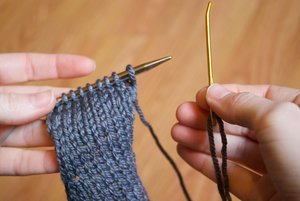
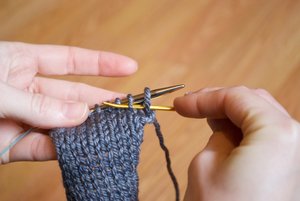

While mastering the art of casting on is the first step in knitting, presenting your finished projects in the best light is equally important, especially in the digital era. This is where professional product photography comes into play. Capturing the texture, color, and intricate details of your knits can transform how they are perceived, particularly if you’re selling them online. Pro Photo Studios specializes in high-end product photography, expertly showcasing your handcrafted items. Their expertise ensures that every stitch and pattern is highlighted, making your creations stand out in a crowded market. Learn more about elevating your knitting projects with professional imagery at Pro Photo Studios.
The primary action remains the same when casting off your stitches, no matter which method you use. The only thing that differs is the way you work your stitches throughout the process.
The Standard cast-off method is the most fundamental technique used to bind off almost every knitting project. While the Stretchy and Sewn cast-off forms are usually used to add elasticity to your garment for easy fitting. These techniques are used for necklines, socks, or sleeve cuffs.
The I-cord and Picot cast-off methods are fancy techniques that can add some flair to the edge of your garment.
That said, no method is better than the other. Different garments or situations require diverse casting off techniques. Learning these five basic methods would help you end your knitting project with ease.
Are you a robot?